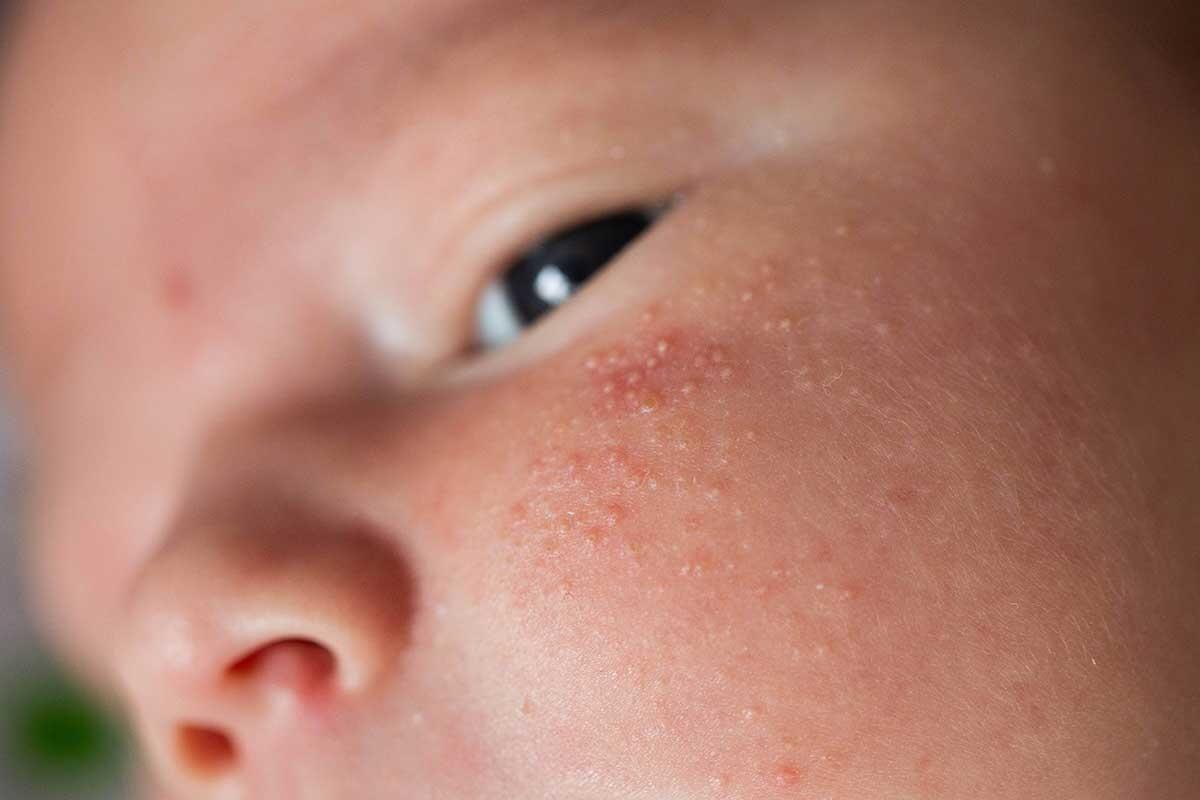Heat Rash: Causes, Symptoms, and Effective Treatments
Heat rash, also known as prickly heat or miliaria, is a common skin condition that occurs when sweat glands become blocked, leading to skin irritation. While typically not severe, it can cause significant discomfort, especially in hot and humid climates. At Clinic Consultation, we specialize in diagnosing and treating skin conditions like heat rash, ensuring optimal skin health for our patients.
What is Heat Rash?
Heat rash develops when sweat glands become obstructed, trapping sweat beneath the skin. This leads to inflammation, redness, and small, itchy bumps. It often affects areas of the body where skin folds or clothing create friction, such as the neck, chest, and underarms.
This condition can affect people of all ages but is especially common in infants due to their underdeveloped sweat glands. At Clinic Consultation, our dermatologists help manage heat rash through tailored treatments and preventive measures.
Causes of Heat Rash
Sweat Gland Blockage
When sweat cannot escape due to clogged pores, it causes irritation and inflammation.Hot and Humid Weather
Prolonged exposure to warm climates significantly increases the likelihood of developing heat rash.Friction from Clothing
Wearing tight or non-breathable clothing can exacerbate the condition by preventing sweat evaporation.
Our specialists at Clinic Consultation can help identify specific triggers and recommend strategies to minimize occurrences of heat rash.
Common Symptoms of Heat Rash
Small Red Bumps
These are often itchy or cause a prickly sensation, especially in areas with high sweat production.Skin Irritation and Discomfort
The affected areas may feel tender, warm, or slightly swollen.Blisters or Pustules
In severe cases, blocked sweat can lead to fluid-filled blisters or pustules, requiring medical intervention.
If symptoms persist or worsen, consulting a professional at Clinic Consultation ensures the rash is managed effectively.
Effective Treatments for Heat Rash
Cooling the Skin
Moving to a cooler environment and using fans or air conditioning can relieve symptoms quickly.Topical Treatments
Lotions containing calamine, menthol, or hydrocortisone can help reduce irritation and itching.Proper Hygiene
Taking regular showers and wearing loose-fitting, breathable clothing helps prevent and alleviate heat rash.
At Clinic Consultation, we provide comprehensive care plans, including prescription treatments for severe cases, ensuring fast and effective relief.
Prevention and Home Care
Stay Cool
Wear lightweight, moisture-wicking fabrics to keep the skin dry and cool during hot weather.Avoid Overheating
Limit time in hot environments, especially during peak sunlight hours.Maintain Proper Hygiene
Shower frequently and use mild, non-comedogenic soaps to keep the skin clean and prevent pore blockage.
Following these tips, along with guidance from Clinic Consultation, can significantly reduce the chances of developing heat rash.
When to Seek Professional Help
Seek medical advice if:
- The rash does not improve after a few days of home care.
- Symptoms worsen, with increased redness, swelling, or signs of infection.
- Blisters or pustules appear and cause discomfort.
At Clinic Consultation, our dermatologists provide specialized care for all skin concerns, including heat rash, ensuring optimal outcomes for our patients.
Conclusion
Heat rash may seem like a minor skin condition, but it can cause considerable discomfort if left untreated. Proper care, preventive measures, and timely medical intervention can help manage and prevent this condition effectively. For personalized treatment and expert advice, schedule a consultation at Clinic Consultation today.
